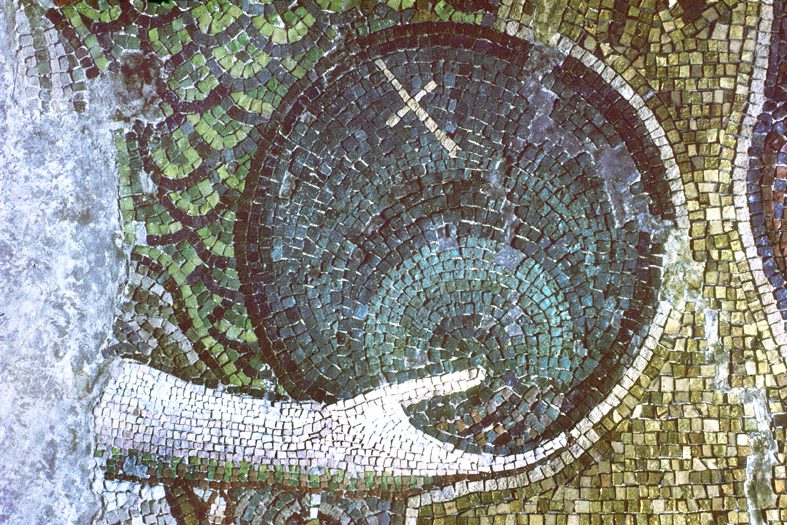
A Glass Dream. Byzantine Wall Mosaics and the Alchemy of Making
Liz James, University of Sussex
May 12, 2022 · 5:00 pm—6:00 pm · A71 Louis A. Simpson Building and Zoom
Weitzmann Lecture sponsored by the Department of Art & Archaeology

‘Quality’ is one of those words that implicitly underpins a canon or canons of art history. Mosaics – of any period – are rarely included in the canons of art history, and mosaic as a medium is perceived as lurking somewhere between ‘art’ and ‘craft’. These two sentences are intimately linked, for how ‘quality’ is defined in wall mosaics is a bit of a black hole too. It has been implicit in some studies of medieval mosaics – some mosaics are said to be good and some bad – but the terms of reference remain opaque. So I’m going to turn here to looking at some of the ways in which quality in medieval mosaics has been discussed, and to reflect on the questions these raise. Hiding in the background is the much bigger questions – what is ‘quality’ in art and does it actually matter?















